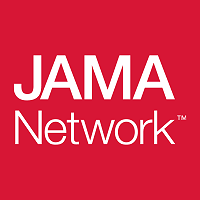IMPORTANCE: The market for nonsurgical, energy-based facial rejuvenation techniques has increased exponentially since lasers were first used for skin rejuvenation in 1983. Advances in this area have led to a wide range of products that require the modern facial plastic surgeon to have a large repertoire of knowledge.OBJECTIVE: To serve as a guide for current trends in the development of technology, applications, and outcomes of laser and laser-related technology over the past 5 years.EVIDENCE REVIEW: We performed a review of PubMed from January 1, 2011, to March 1, 2016, and focused on randomized clinical trials, meta-analyses, systematic reviews, and clinical practice guidelines including case control, case studies and case reports when necessary, and included 14 articles we deemed landmark articles before 2011.FINDINGS: Three broad categories of technology are leading non-energy-based rejuvenation technology: lasers, light therapy, and non-laser-based thermal tightening devices. Laser light therapy has continued to diversify with the use of ablative and nonablative resurfacing technologies, fractionated lasers, and their combined use. Light therapy has developed for use in combination with other technologies or stand alone. Finally, thermally based nonlaser skin-tightening devices, such as radiofrequency (RF) and intense focused ultrasonography (IFUS), are evolving technologies that have changed rapidly over the past 5 years.CONCLUSIONS AND RELEVANCE: Improvements in safety and efficacy for energy-based treatment have expanded the patient base considering these therapies viable options. With a wide variety of options, the modern facial plastic surgeon can have a frank discussion with the patient regarding nonsurgical techniques that were never before available. Many of these patients can now derive benefit from treatments requiring significantly less downtime than before while the clinician can augment the treatment to maximize benefit to fit the patient's time schedule.

Energy-Based Facial Rejuvenation: Advances in Diagnosis and Treatment
Review badges
0 pre-pub reviews
0 post-pub reviews